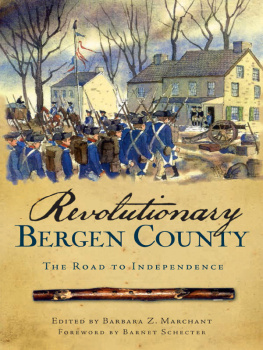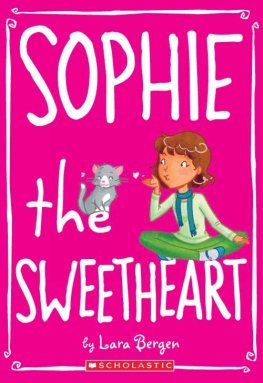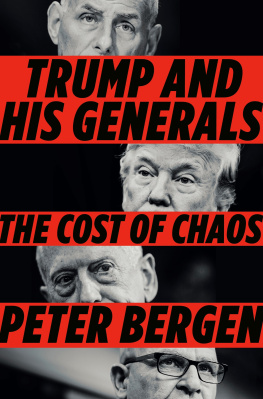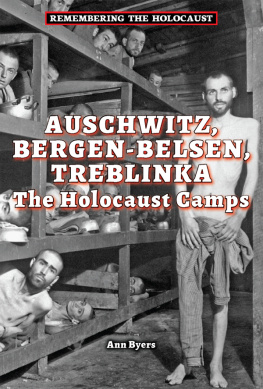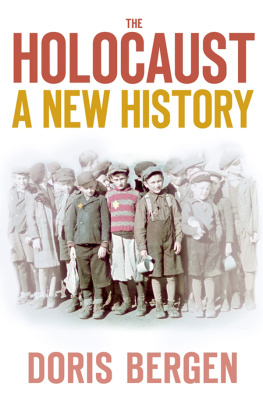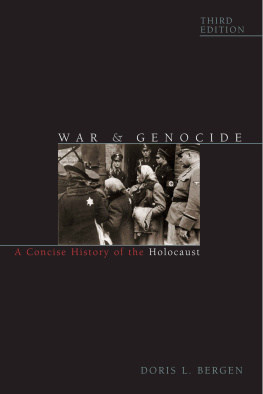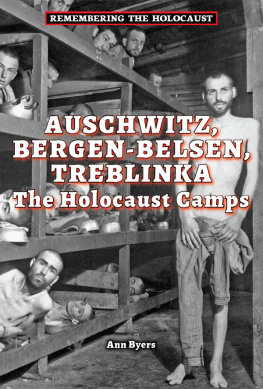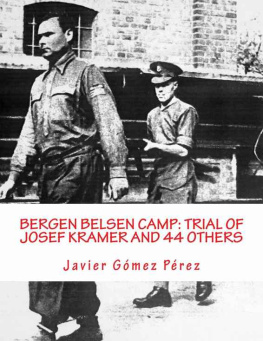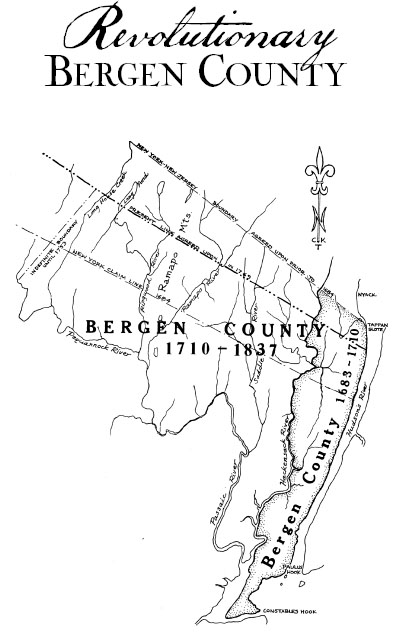

Old photo postcard showing Tice/Tise Tavern in Jersey City (part of Bergen County during the Revolutionary War). It was called the Eagle Tavern when Washington and Lafayette met there during the Revolutionary War. From the collection of Barbara Marchant.

Published by The History Press
Charleston, SC 29403
www.historypress.net
Copyright 2009 by Barbara Z. Marchant
All rights reserved
Front cover:
American Troops Retreating, Liberty Pole. Illustration by permission of Grays Watercolors, .
Fife. Courtesy of the Schoolhouse Museum, Ridgewood, NJ. Ira Lieblich, photographer.
Page 1
Bergen County map showing county lines from 1683 to 1837.
Courtesy of the Bergen County Historical Society.
First published 2009
e-book edition 2013
Manufactured in the United States
ISBN 978.1.62584.338.8
Library of Congress CIP data applied for.
print edition ISBN 978.1.59629.748.7
Notice: The information in this book is true and complete to the best of our knowledge. It is offered without guarantee on the part of the editor or The History Press. The editor and The History Press disclaim all liability in connection with the use of this book.
All rights reserved. No part of this book may be reproduced or transmitted in any form whatsoever without prior written permission from the publisher except in the case of brief quotations embodied in critical articles and reviews.
CONTENTS
Foreword
REVOLUTIONARY BERGEN COUNTY
Many readers will be surprised to learn that Bergen County, in northeastern New Jersey, stood in the eye of the Revolutionary storm. After the war broke out in 1775 and the British were expelled from Boston less than a year later, they set their sights on the mouth of the Hudson River as the greatest strategic prize on the American continent. By capturing New York City and sending a second British force down from Canada, the British expected to control the Hudson, physically divide the American coloniesNew England from the Mid-Atlantic and the Southand crush the rebellion. Bergen County, extending along the western shore of the Hudson River across from Manhattan and Lower Westchester County, was the scene of Washingtons headlong retreat with Lord Cornwallis at his heels, after the British drove the Continental army out of New York in November 1776 and settled in for a seven-year occupation.
The following year, when British commander in chief General William Howe decided to add the American capital, Philadelphia, to his laurels, New Jersey as a whole truly became the crossroads of the American Revolution: caught between Philadelphia to the west and New York City to the east, traversed and raided by the armies of both sides, New Jersey by wars end was the site of 238 battlesmore than any other state. With Washingtons troops holed up in the mountains of northern and central New Jersey, monitoring the route to Philadelphia and ambushing British foraging parties, Bergen County was wedged even more tightly between the two contending armies. Nominally a neutral zone acting as a buffer between the British and Americans, the county was intensely polarized, with Whig and Tory neighbors locked in a brutal civil war. Finally, in 1781, Bergen County became a key part of the route to American victory, where Washington and his French allies feigned an attack on New York on their way to trap Cornwallis at Yorktown.
The richly detailed essays in this collection bring Revolutionary Bergen County to life, revealing the upheaval and suffering endured by individuals caught between opposing armies and torn by conflicting allegiances to family, church, community and country. Exploring the perspectives of Loyalists and Patriots at every level of the struggle from the frontlines to the homefront, the collection also places us firmly in the landscape of Bergen County, identifying roadways, historic markers and sites of interestsome still standing, and some that have vanished without a trace. The essays reveal the human drama behind the historic structures and documents: the ordeal of the road to independence. These little-known stories add a new dimension to our understanding of the nations founding, while offering valuable lessons for Americas future leaders.
Barnet Schecter
Author, The Battle for New York: The City at the Heart of the American Revolution
ACKNOWLEDGMENTS
This book would not have been possible without the help of so many people to whom I shall be forever grateful:
The contributing authors are the top guns of Bergen Countys Revolutionary War history. Thank you, all!
Special mention to Todd Braisted and Kevin Wright, past presidents of the Bergen County Historical Society; to Firth Fabend, Fellow of the New Netherland Project and of the Holland Society; and to John U. Rees. All are published writers many times over and generously took the time to contribute to this book while working on their other projects. I am so very grateful.
The members of the Bergen County Historical Society, the Bergen County Division of Cultural and Historic Affairs, Crossroads of the American Revolution Association and other historical commissions and societies in the county all gave their encouragement to this project. Kevin Tremble, Crossroads of the American Revolution Association president and owner of Tech Repro, gave guidance on the images and essays to be included. Kevin also introduced me to Pat Finn and Jim Wright, who wrote the piece on John Fell. A big thank-you goes to the wonderful Robert Gerber of Tech Repro who scanned all the images that you see in this book.
I am indebted to The History Press and their terrific editors: my commissioning editor, Saunders Robinson, and my copy editor, Deborah Carver. They were both supportive and positive from beginning to end.
My heartfelt gratitude goes to my friends and Leonias sweethearts, Martha Lieblich, who is on the board of the Crossroads of the American Revolution Association, and her husband, fellow Brooklynite Ira Lieblich, for spending hours driving around Bergen County taking many of the photographs of the historic markers and artifacts that are in this book. I also thank them for feeding me throughout the month of July 2009 (well, all of the other months, too) while I was editing and indexing this book.
Mona and Michael Rubin, dear friends, also supported me with food and sage advice.
A big thank-you goes to friend William Neumann, who is also a contributor to this book. Billy, a professional photographer, looked over the images and gave his fabulous advice as to what would be best for the book.
Thanks and hugs go to new grandparents Darryl and Patricia Whitter for always looking out for Chez Marchant and me.
Many thanks to Steven Weigl, director of the Bergen County Historical Society research library, and to his two volunteer worker bees, Averal Genton and Dee Cobianchi. Barbara Flurchick and Rosann Pellegrino gave their time and history smarts, and I am so happy to serve on the BCHS board with them. Jeannette Pook of the First Reformed Church (Church on the Green) in Hackensack assisted Martha and Ira Lieblich with Brigadier General Enoch Poors grave site information.
Special thanks to the historical reenactment groups, particularly the Brigade of the American Revolution (BAR); Outwaters Militia; the Continental Line; and In Good Company, an eighteenth-century dance group. There would be quite a gap in our knowledge if these wonderful people did not give so much of their time to bring the history that they cherish into our lives.
Next page
